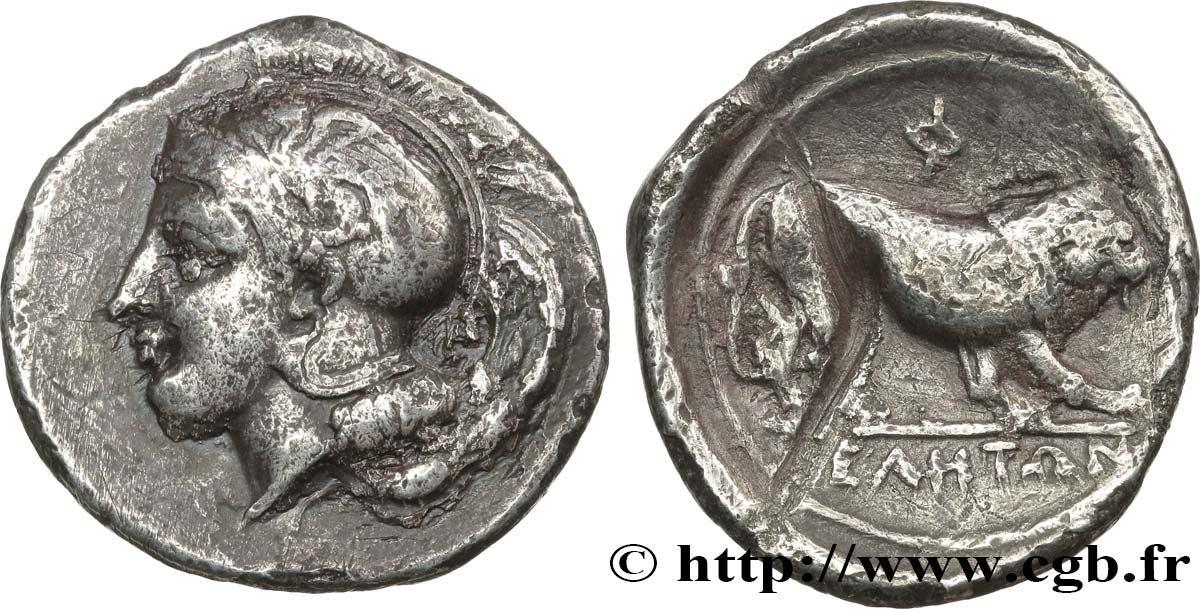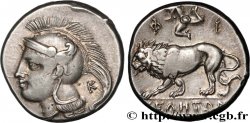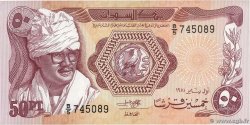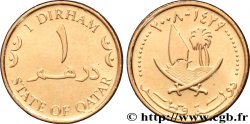bgr_615974 - LUCANIA - VELIA Nomos, statère ou didrachme
недоступный.
Товар уже продан в нашем интернет-магазине (2022)
Цена: : 220.00 €
Товар уже продан в нашем интернет-магазине (2022)
Цена: : 220.00 €
Тип Nomos, statère ou didrachme
Дата: c. 365-350/340 AC
Монетный двор / Город: Vélia, Lucanie
Металл: silver
Диаметр: 24,5 mm
Ориентация осей монеты: 3 h.
Вес: 6,40 g.
Редкость: R1
Комментарии о состоянии
Flan large, centré. Coupure sur la cuisse du lion. Joli portrait. Patine grise
Ссылки в каталоге: :
Лицевая сторона
Аверс: описание: Tête d'Athéna à gauche, coiffée du casque attique à cimier avec triple aigrette, orné d’un griffon.
Аверс: легенда: R
Обратная сторона
Реверс: Описание: Lion passant à droite .
Реверс: легенда: UELHTWN/ F
Реверс: перевод: (de Vélia).
Комментарий
Poids léger. Fourré ? R. Williams a étudié la dégradation du coin de droit (A/152) et du coin de revers (R/ 203) et a déterminé six phases différentes. Très tôt, le monnayage de Vélia a été décrit comme ayant inspiré la drachme lourde de Marseille (LT. 785-791). Certains l’ont même décrit comme un monnayage symmachique : un lion de Vélia étant l’équivalent de deux lions de Marseille. Aujourd’hui, cette théorie est remise en cause, par G. Depeyrot, non sans arguments, mais avec une certaine acrimonie. Le lion de Vélia a pu servir de modèle à celui de Marseille, mais à quelle date ? La frappe à Vélia commence dans la seconde moitié du Ve siècle avant J.-C. pour se poursuivre jusqu’en 281 avant J.-C. À quel moment les Massaliotes auraient-ils emprunté le lion de Vélia ?.
Lightweight. Stuffed? R. Williams studied the degradation of the obverse die (A/152) and the reverse die (R/203) and identified six different phases. Very early on, the coinage of Velia was described as having inspired the heavy drachma of Marseille (LT. 785-791). Some have even described it as a symmachic coinage: one lion of Velia being the equivalent of two lions of Marseille. Today, this theory is challenged, not without argument, but with some acrimony, by G. Depeyrot. The lion of Velia may have served as a model for that of Marseille, but at what date? Minting at Velia began in the second half of the 5th century BC and continued until 281 BC. At what point might the Massaliotes have borrowed the lion of Velia?
Lightweight. Stuffed? R. Williams studied the degradation of the obverse die (A/152) and the reverse die (R/203) and identified six different phases. Very early on, the coinage of Velia was described as having inspired the heavy drachma of Marseille (LT. 785-791). Some have even described it as a symmachic coinage: one lion of Velia being the equivalent of two lions of Marseille. Today, this theory is challenged, not without argument, but with some acrimony, by G. Depeyrot. The lion of Velia may have served as a model for that of Marseille, but at what date? Minting at Velia began in the second half of the 5th century BC and continued until 281 BC. At what point might the Massaliotes have borrowed the lion of Velia?








 Cообщить об ошибке
Cообщить об ошибке Распечатать страницу
Распечатать страницу Отправить мой выбор
Отправить мой выбор Задать вопрос
Задать вопрос Consign / sell
Consign / sell
 Информация
Информация















